Table of Contents
For decades, immersed in studying, working, learning, and teaching in the craft of meat curing, now sharing his passion with you through eat cured meat online resource.
This type of equipment is if you already have a DIY curing chamber or an area where you do the drying. If you are in the realm of building something, check out this post.
This list is all about the equipment I think makes it easier and the things I love to use. It is not exhaustive, but just some recommendations that are worth it.
These are the tools that I’ve acquired to make whole-muscle and dry-cured salami. Fresh sausages for the grill and how I’ve refined my technique over the years with this kit.
Dry Curing Tools
Deli Slicer
I know it’s $$$, but it was worth every penny.
This is an investment into a passion for meat curing – it does define dry-cured meats these days. You really can’t get consistent and uniform wafer thin-slicing without a deli slicer.
Seriously, it’s down to whether you get one now or later. I love using my deli slicer (wrote about precision slicers here) for everything from prosciutto, bresaola, bacon, salami, and heaps more.
Here are some I highly recommend that are home use/ semi-commercial for $200-$300. Well worth the investment.
Read about the best here.
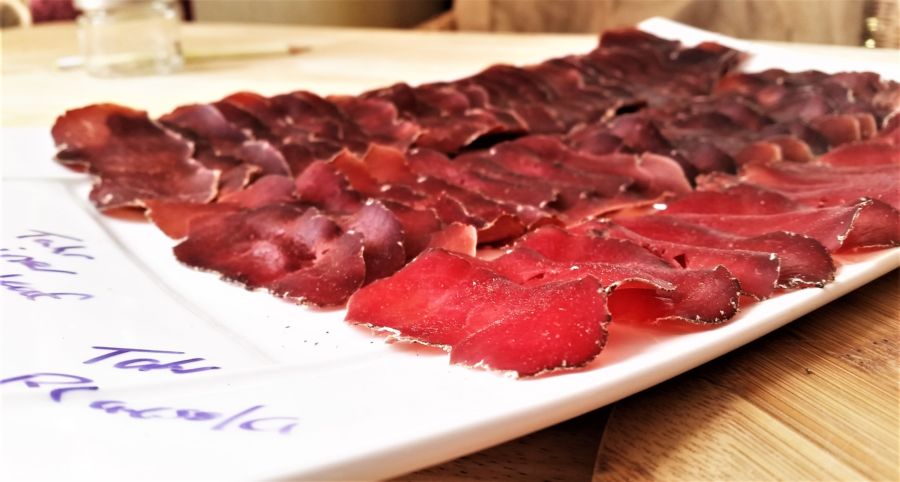


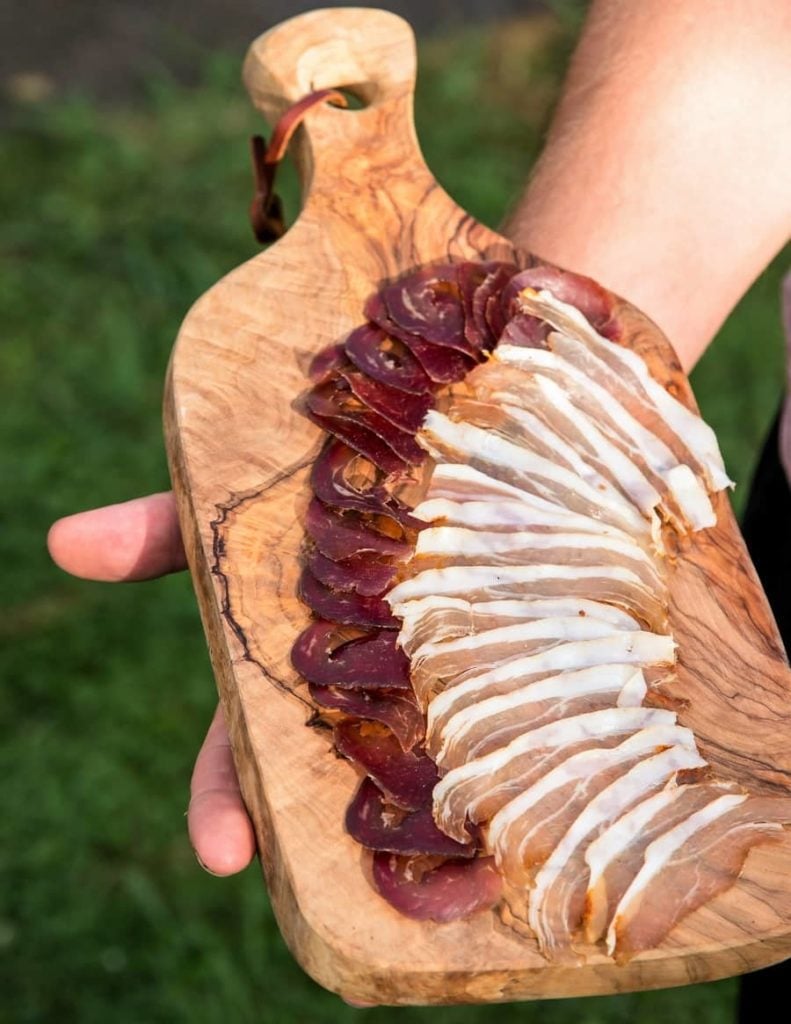
Digital Scales
The most used equipment when I cure meat(another general article about equipment I wrote here) with equilibrium curing since this works out all the nitty-gritty of an equilibrium cure.
Here are some options for digital scales (& spice grinders), either budget or investment type.
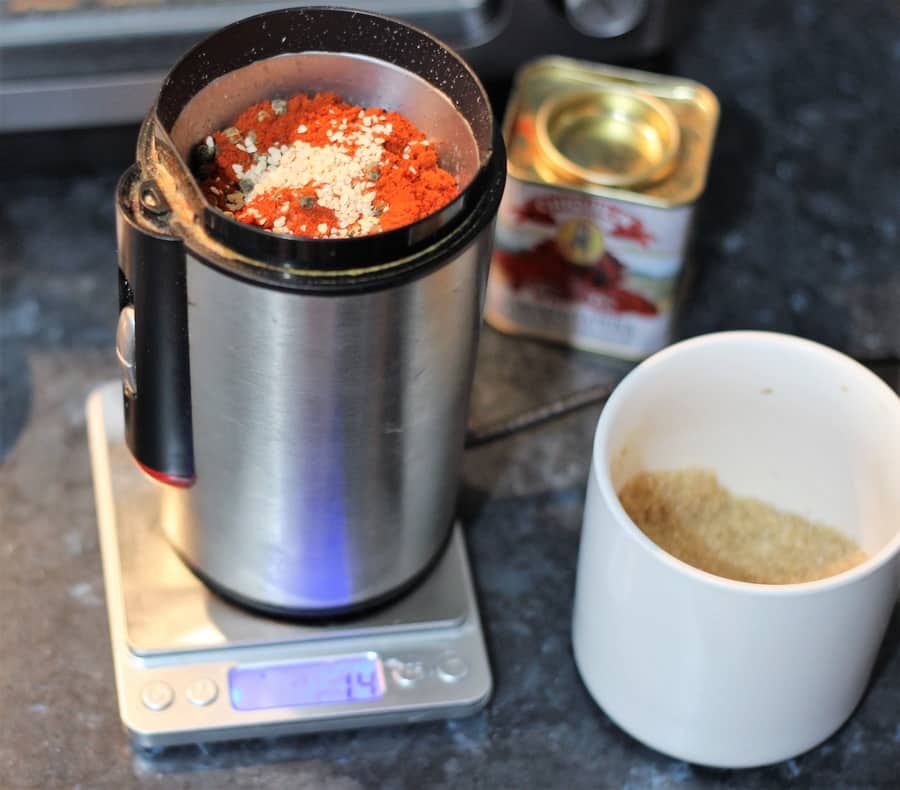
Prosciutto Knife
It’s better than most knives for thin slicing, and the prosciutto knife was pivotal in my 15 years of meat curing.
Thin blade, Granton/teardrop style, quick to touch up/sharpen, and super sharp. Here is a right-up on top picks I did.
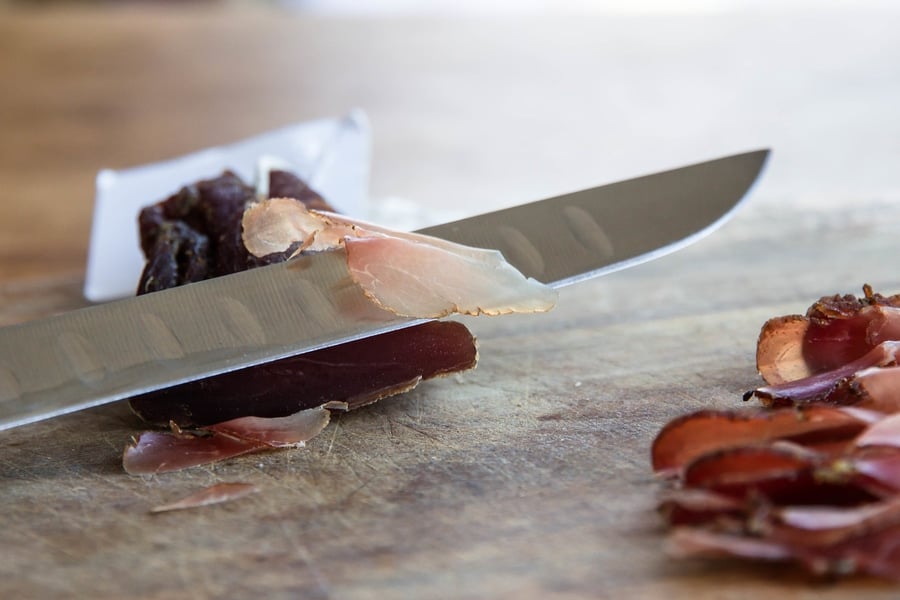
Spice Grinder
Getting a finer dry cure mix makes all the difference. It’s a coffee grinder, or you can use a mortar & pestle with some arm work. Choose your chunkiness of spice coating as well.
Here is the page on grinders/scales, too.

Sausage Casings
When you are making fresh sausage or dry-cured salami, you want quality casing that doesn’t tear easily.
This range is reliable; you probably know you can pack it in salt, and it will last a year easily.
Decent Hog Casings = here (salami kind of size, up to 25lbs of meat mass)
Something different: Snack Stick Collagen – Mahogany Smoked Casing (19mm though)
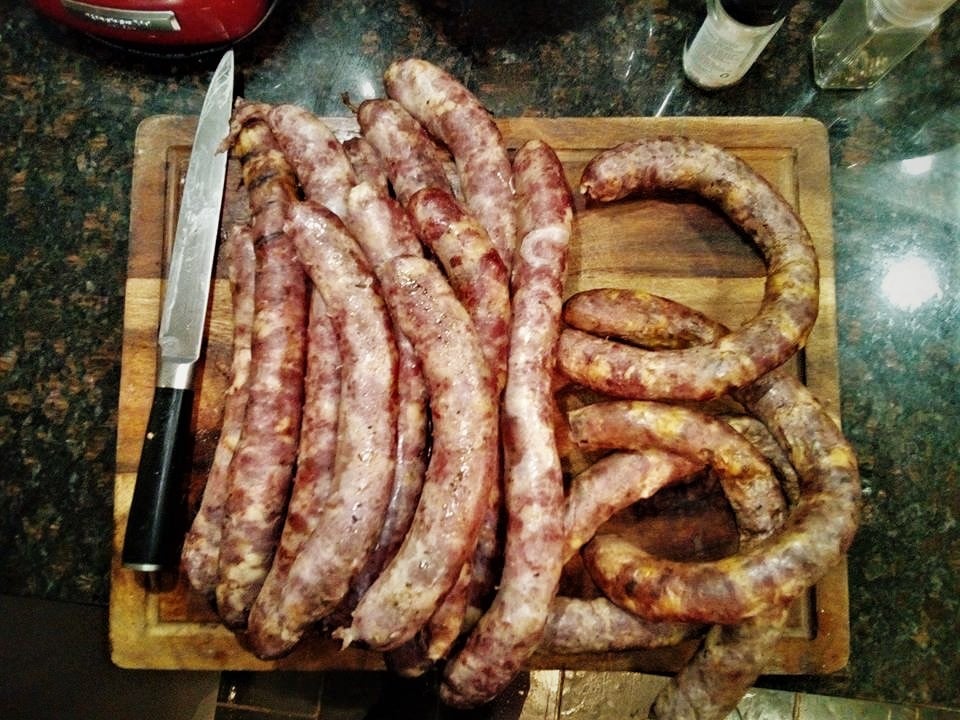
Cheese/Muslin Cloth
It is super useful for preventing the surface from drying out as much. It depends on the project, but whether it is oval or long, I like to use this cloth a lot.
Check it out – muslin cloth buy link

Pellet Tube Smoker
I go on about these smokers a lot! But they are simple, and I use them for bacon, other cold smoked ‘meat’ of many types, cheese, and veggies. Fill with wood pellets, light, and you have many hours of cold smoke.
I wrote a full post on cold smoking here. For some recommendations, a whole write-up I did here.
I need a decent butane torch like this, too. It just doesn’t work with a regular lighter
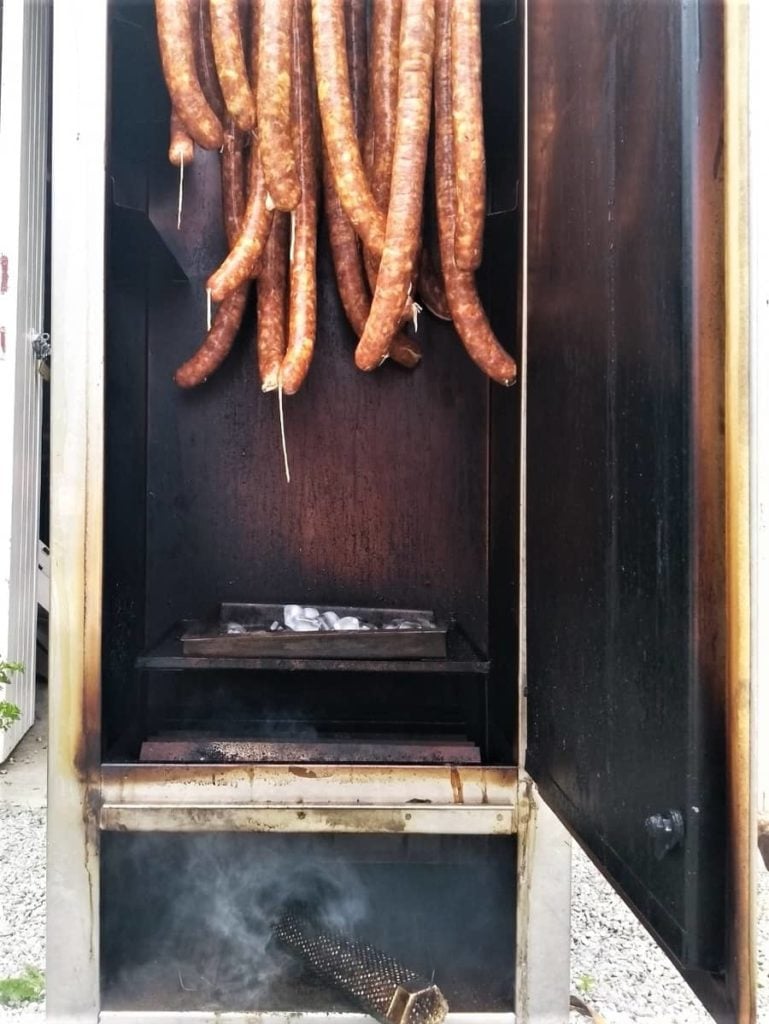
Pink Curing Salt
For uncooked meat curing whole muscle (dry-cured salami) or salami – I now only sometimes use it. Since I always use quality meat and its handled with all the precautions, botulism in New Zealand (here are some top NZ commercial producers I wrote about) is not of concern to me.
If you choose to use it, I like this brand because it’s resealable.
No.2 Pink Curing Salt (for over 30 days dry curing of meat @ a rate of 0.25% of the total meat weight) – if you haven’t got into equilibrium meat curing, here is a write-up on it.

Butcher Twine
It is helpful since it has a no-slip aspect, so you can get tightness, minimizing the air pockets. The tighter, the better, of course.
Check out this stuff; it’s fantastic, and the type is compostable/biodegradable.
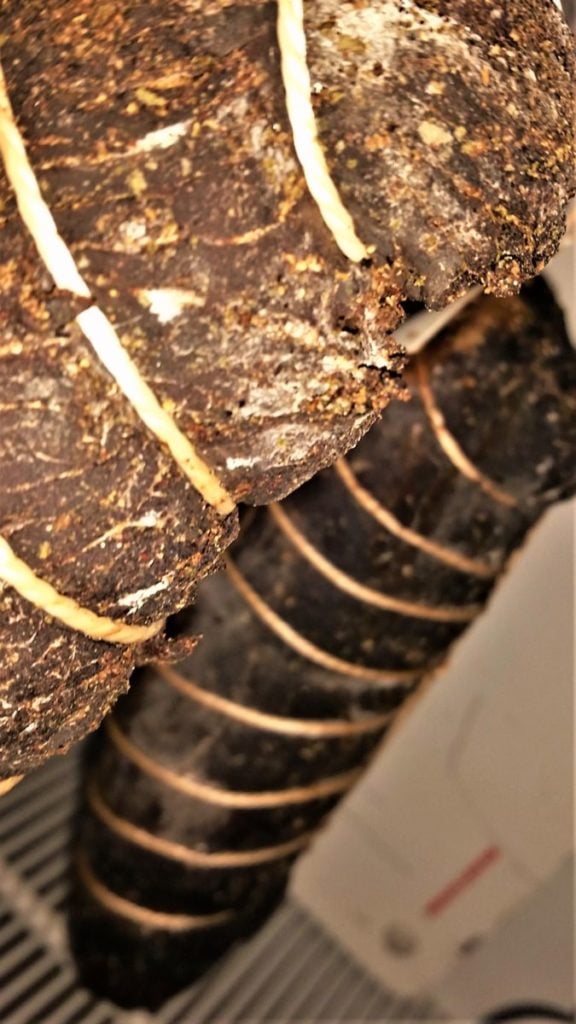
Ruhlman – Salumi
An inspirational tool I’ve found.
I’ve read a bunch of books on meat curing, especially dry curing. This is half instructions, half inspiration, and half recipes using the meat curing you make.
It’s inspiring compared to some of the other ‘dry‘ style theory books on dry-curing books, from breaking down a pig the classic Italian way to providing simplification of the many thousands of variations that exist in Italian meat curing.
Check it out here.
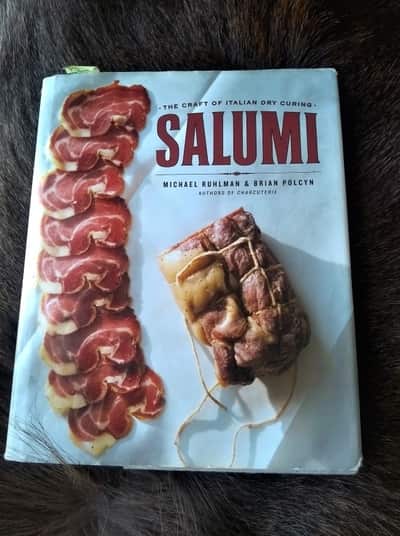

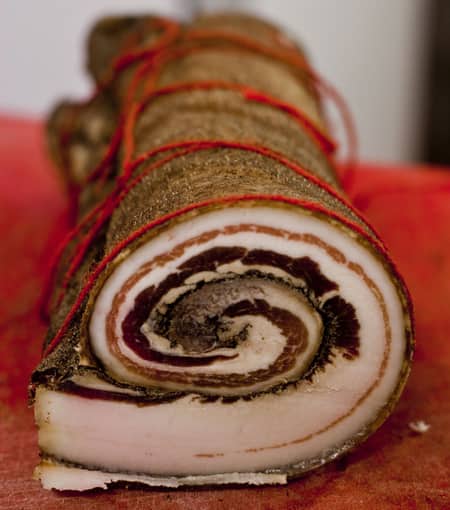
Comments
I want to cure a fresh pork to make gammon . What do you recommend. I’m from Scotland. Also I would like to learn how to dry smoke haddock or cod fish.
Havent made ‘Gammon” Bit worried when I google it, and Iron Bru Gammon came up (I lived in Trussochs a year, I will stick to the single malts thanks). I had to google it, I thought it was ‘Ham’, yep – I was right. Google smoked “Ham”! Cheers Tom (I would brine it, then hot smoke/cook it or cold smoke for 10 hours then cook is in oven).